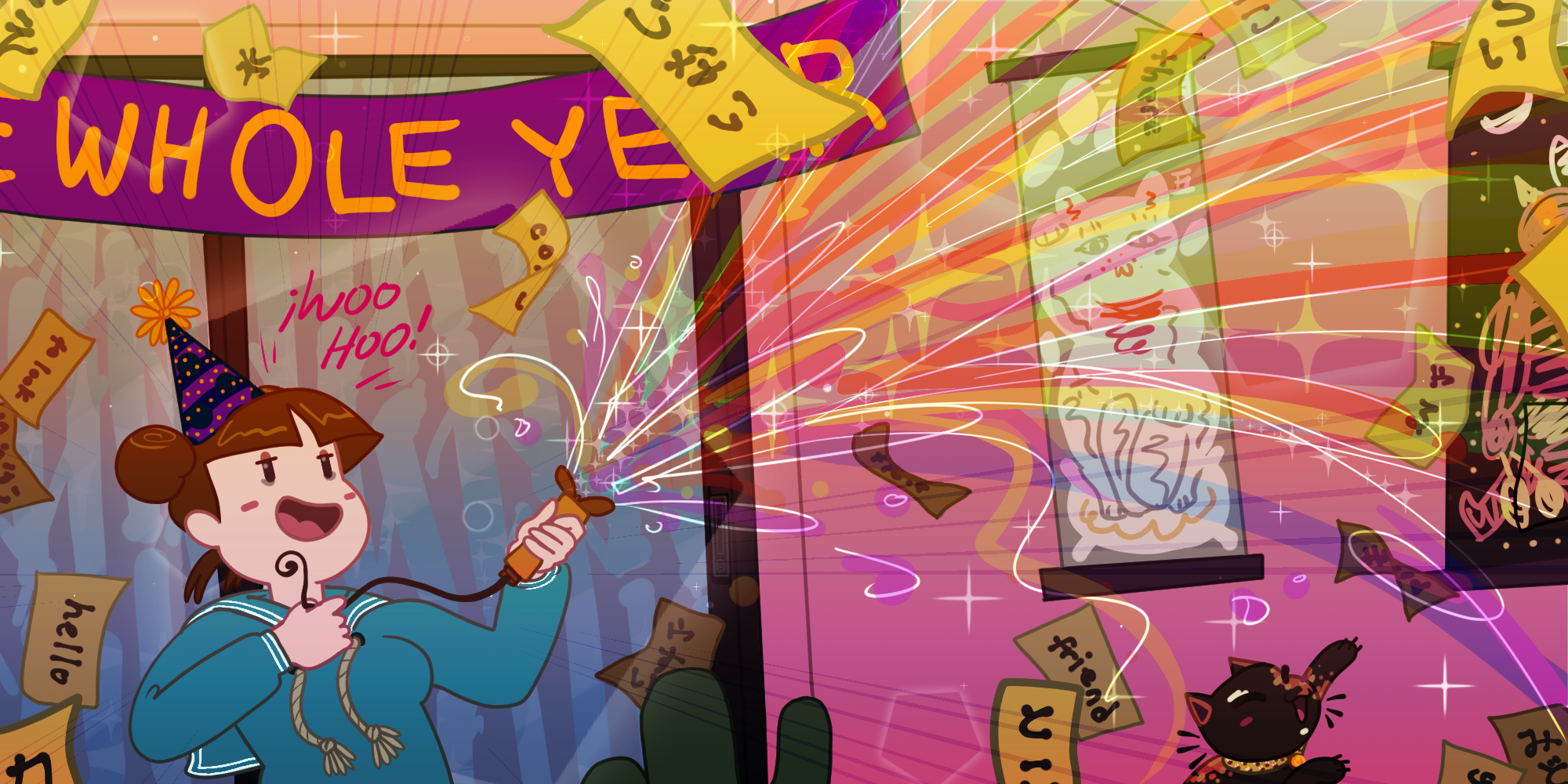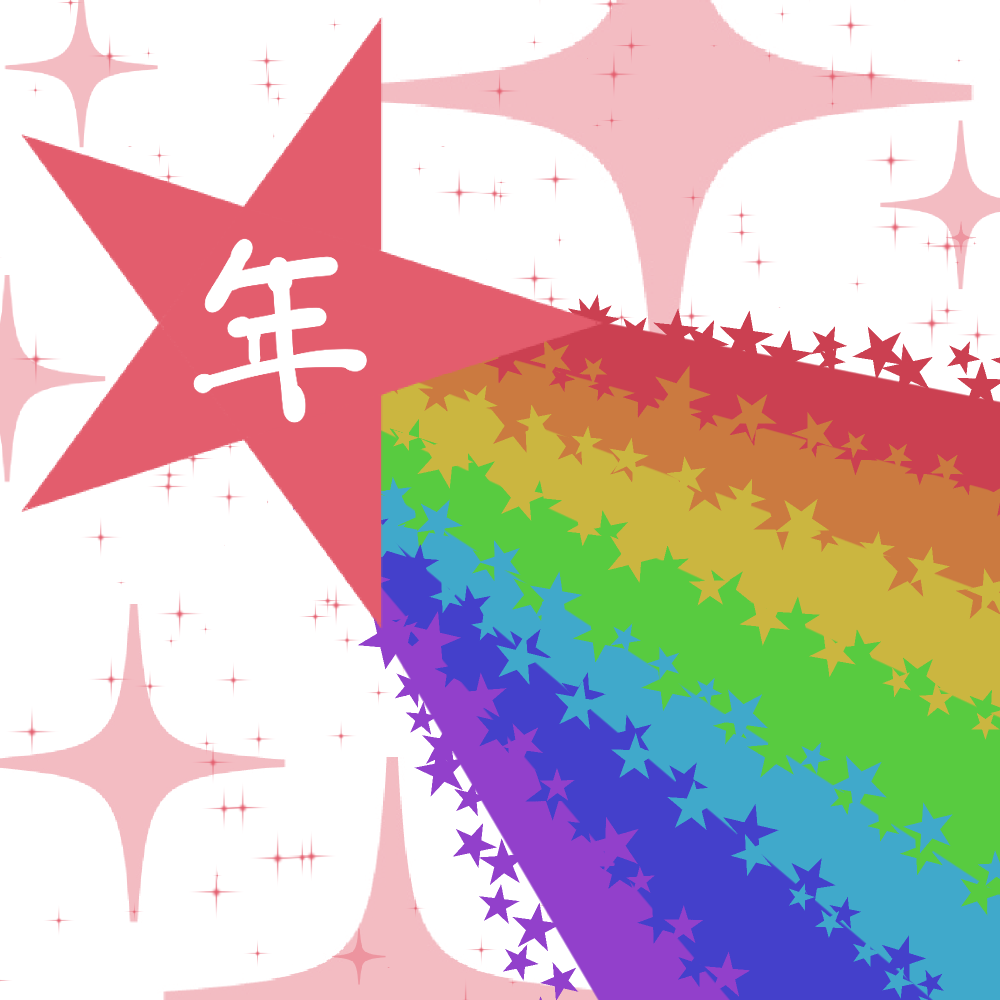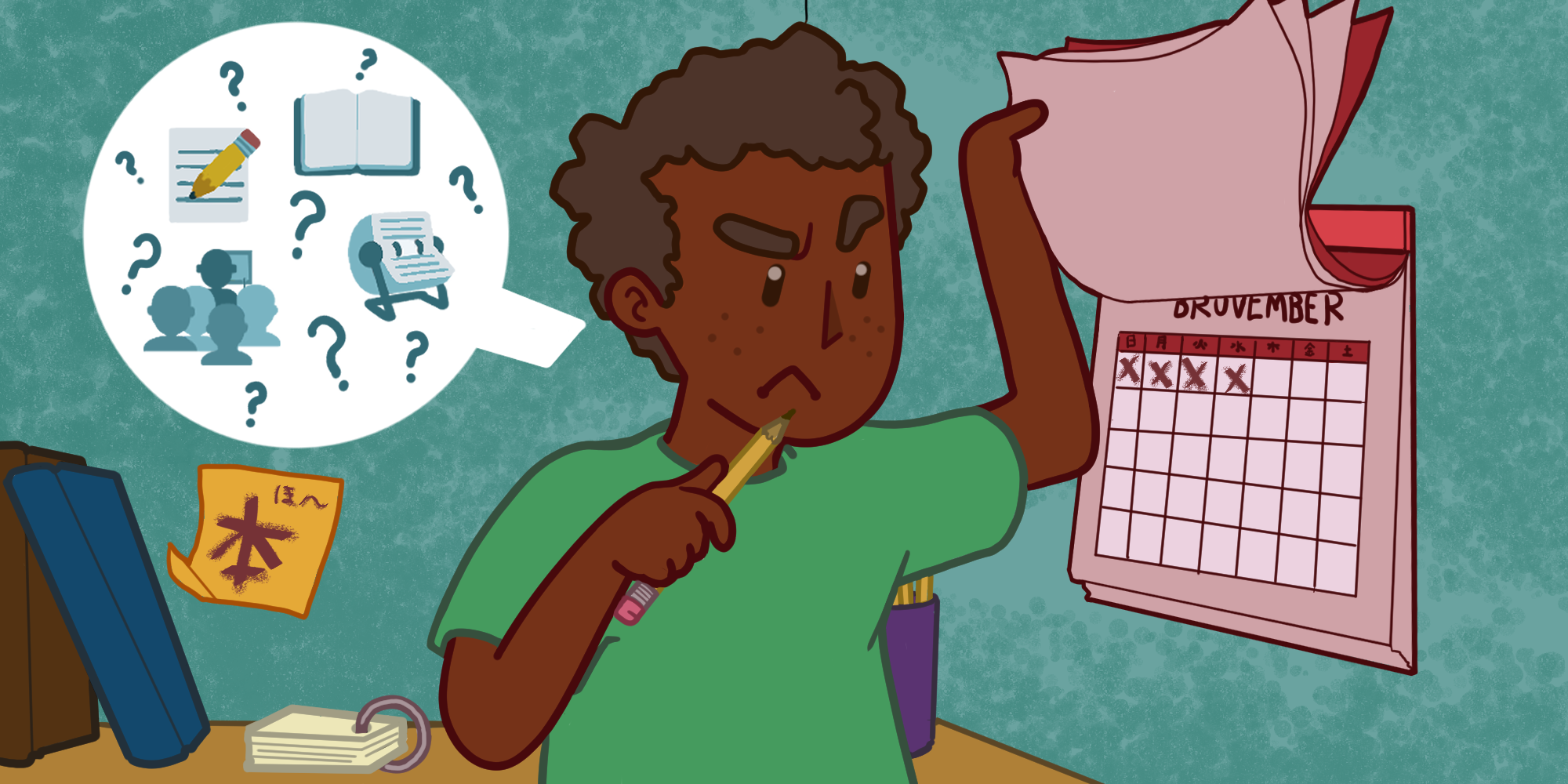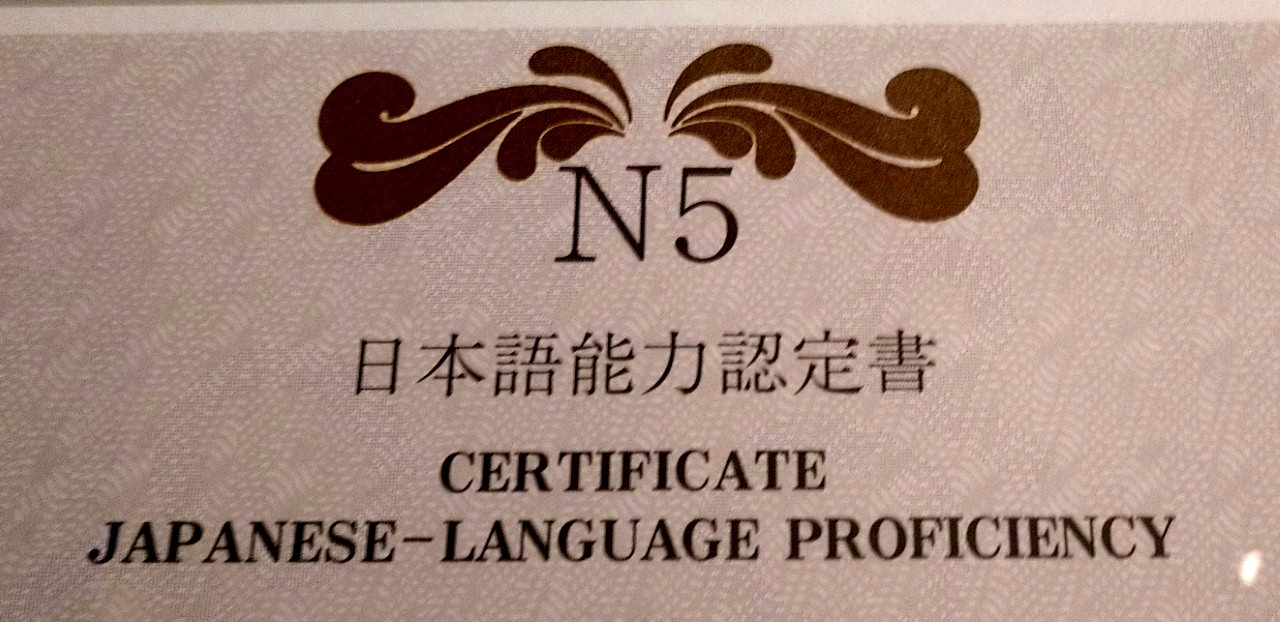One whole year~✨! In celebration of our 1 year anniversary, let's learn about years in Japanese!
This insight was originally published on November 03, 2021, and transferred here later.
こんにちはみなさん~!
Today is kind of a big day. Can you guess why? (Assuming the title wasn't a dead giveaway)
It has been one whole year since I started this blog! One whole year of intermittent Nihongo Familiar insights have been completed. How cool is that? I am going to celebrate this achievement, & party hearty tonight for sure~
For those of you who've shared this experience with me, read a post or two, or even just thought my blog theme was neat and moved on with your life shortly afterwards: THANK YOU!
It is nice to be able to do something I love, and especially have it be appreciated in earnest. I hope you have gotten as much out of it as I have tried to put in to it so far. I'll keep doing my best to make something special from this, & bring more interesting posts throughout the next year; but today let's try something different~ Let's talk about "years"!
A few things about "A Year"
In Japanese, the word for year is 年 (toshi).
It can be read as とし (toshi) sometimes, or ねん (nen) at other times. とし is the kunyomi reading, which is the Japanese word for the kanji. Conversely, ねん is the onyomi reading, which is the Chinese reading for the kanji.
"Why does it have a Chinese reading?" you may ask. Well, the kanji character 年 , much like most kanji characters, was brought to Japan from Chinese script a very long time ago*. So long ago, in fact, that I do not know of anyone who is still alive that recalls it's induction to Japan. ~How mythical!

Another commonality that Japan shares with China regarding 年 is that when you read a whole date in Japanese, the year is the first item used. It is read from the largest and broadest unit to the smallest and more specifying unit. It is quite a bit different if you are used to other date formats, such as the Month Day, Year format used in the United States.
For example:
In Japan's date format, today is 2021年11月3日 (水曜); or Year 2021 November 3rd (Wednesday).
In contrast, we have November 3, 2021 in the US format.
Here are some other useful "year" phrases in Japanese!
- 1 年間 (nenkan)
- 1 year's worth of time
- 今年 (kotoshi)
- This year
- 去年 (kyonen)
- Last year
- 来年 (rainen)
- Next year
- 近年 (kinnen)
- Recent years
- 年 に 一度 (nen ni ichido)
- Once a year
- 毎年 (mainen)
- Every year
- 年次 (nenji)
- Annually
- 周年 (shuunen)
- Anniversary
- 年上 (toshi ue)
- Older
- 年下 (toshi shita)
- Younger
- 年中 (nenjuu)
- All year round / throughout a year
- 年内 (nennai)
- Within a year / by the end of the year
What can you study in 1 year?
A surprisingly huge amount of things can be done in only 1 year of studying Japanese! For example, many official Japanese classes split up their textbook into 2 semesters that fit within the whole year. You can basically complete 2 beginner courses and 1 whole textbook! That usually covers a hefty sum of vocabulary, grammar, and writing.
If you're the sort that lusts after higher stakes, you could even take the JLPT 5 test after a year of studying! It is definitely difficult, but not an impossible nor unreasonable goal. If you dedicate enough time and effort in that year to study, your chances only keep improving! And if all else fails, it gives you a good gauge on your proficiency for what needs improving.
Every year is filled with a gold mine of potential for learning opportunities! So what do you want to try learning in Japanese this upcoming year?
Lead by example? OK-- What did I do in 1 year of study?
Okay, you got me~! I didn't study as much as I would have liked to this past year. I've been very busy designing & creating a blog*, writing blog posts about learning Japanese, learning how to interact like a human being on social media, and working on a few special projects I hope to share with you this upcoming year!
The studying I did do though, was heavily reliant on my fallback study method. I used a lot of flashcards and a few graded readers to help me stay on track while retaining old information. I also became a crazy cat lady-- but that wasn't initially for studying Japanese. That just sort of happened along the way. Recently, I have been rekindling my textbook studies to prepare for the JLPT 4. So there is that!

So then, what's in store for the next year of the Nihongo Familiar blog?
2022年 is going bring about some neato-burrito things~
First and foremost, there will definitely be more blog insights. I'm hoping to bring up more insights about ways that can make the Japanese study experience more engaging and personalized. I'll also try to sprinkle a few insights about the Japanese language itself, of course~
There are also a few projects I've been planning and working on to make the learning experience a whole arbitrary 1% cooler! I won't tell you specifics yet, on account of being a little superstitious, but I can tell you that the first one will be a little game that you can play with your friends for practice! I'll reveal more later, but right now I am privately testing it out to see what sticks. In the meantime, I'll get back to sneaking around with goofy blog ideas & studying~

I hope that you'll continue to accompany me on this Japanese language learning journey! If you feel like saying hello, @ me up on Twitter. I am the , and would love to hear what makes learning Japanese fun for you!
Now go out there and keep being a baller while you learn Japanese!
- Today's blog banner was created by the wonderful Ajahli Beninati! Check out her work! Thank's Ajah~ <3
- Information about Middle Chinese
- More information about Kanji
- There is this really neat blog called the Nihongo Familiar. It is about learning Japanese and making the learning experience a little more fun, magical, and more easily manageable. You might like it!




